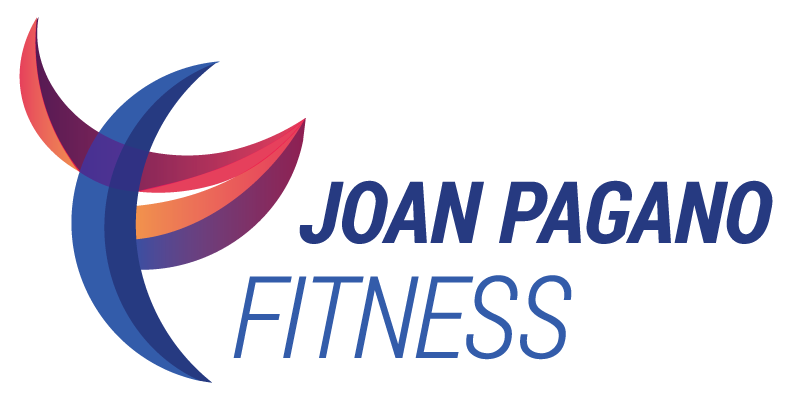Are You Sitting on Your Well-Being?
We all do it, every day. Some of us do it for most of each day.
We do it at home, at school, at work, at ball games and at the movies – as well as when commuting by car or train and traveling in airplanes. What is this pervasive behavior that can cause early death? It's called "sitting" and Americans average 9.3 hours a day compared to 7.7 hours of sleeping.
Being sedentary for the average 9 hours a day is killing us!
By looking at inactivity separately from not getting enough exercise, researchers have found that even if you work out for an hour a day, it does not offset the perils of prolonged sitting. Studies show that the combination of a long driving commute and a desk job increases the risk of cardiovascular disease.
If you spend too much time sitting, your body reverts to a state of lazy biology.
This means the systems in a lounging body work differently from those in a body that’s standing or moving. The most immediate impact of prolonged sitting is on our vasculature. Studies show that by causing a decline in blood flow to the legs, it contributes to narrowing and hardening of the arteries. To counteract this, if you can’t stand up and move, then just tap your toes and circle your ankles!
Doctors refer to the leg muscles in our calves as the “second heart” because they help pump blood back up from the lower extremities.
When we’re sitting the heart must work harder to circulate blood and oxygen throughout our systems.
Decreased blood flow to the legs causes the blood vessels to stiffen, increasing blood pressure and raising the risk for hardening of the arteries, a cause of heart attacks and strokes.
The brain is least productive when sitting. The brain uses 20% of the body’s oxygen and glucose and the body must move to deliver that fuel to the brain. When you sit for longer than 10 minutes your brain downshifts and it becomes more difficult to pay attention. Slight, short-term drops in brain blood flow can temporarily cloud thinking, however you can prevent this decline with frequent two-minute walking breaks.
Do you sit like a cashew? Most of us do not sit well! Prolonged sitting in poor posture can also increase the pressure between the disks of the spine, contributing to back pain. Take a profile view of your seated posture: Are you sitting like a cashew, shoulders rounding forward, pelvis tucked under, your spine in a C curve? This posture can damage the intervertebral disks, which act as shock absorbers in the spine.
To reduce back pain, focus on the position of your pelvis, which provides the base for stacking your torso properly, ribs over hips. Untuck the pelvis, allowing the natural curve in the lower back, and engage your abdominals to keep it in neutral spine alignment. Using your core muscles, lengthen the spine and anchor the shoulder blades, activating the midback muscles to stabilize them, preventing a forward slouch.
Slouching can curtail lung capacity by as much as 30 percent, reducing the amount of oxygen that reaches the brain. Refresh your mental focus and productivity by straightening up and taking proper breaths. The breath should be like a wave, rising out of the abdomen and flowing up through the ribs and the chest as you inhale, filling your lungs with air. As you exhale, release the breath from the upper chest first, then down through the ribs and finally expel it with a light abdominal contraction.
How you sit or stand can affect your breathing, energy levels and your emotional well-being. So, what to do if you can't quit your day job?
Set your timer and at least once an hour, take a 2-minute break of light to moderate activity. Walk around your office, climb some stairs.
Make exercise a part of your meetings: Switch your coffee meetings to walking meetings, especially if you need to brainstorm. Walking is great for creative thinking.
Stand at the back of the room during company meetings or ask your company to create a collaborative meeting space at standing height.
Develop an "active work station" such as a standing desk or a treadmill desk.
Instead of hitting the vending machine at 3 pm, make a point to stand up, stretch and do a few leg exercises like squats and calf raises.
(c) Copyright - Joan L. Pagano. All Rights Reserved Worldwide.

